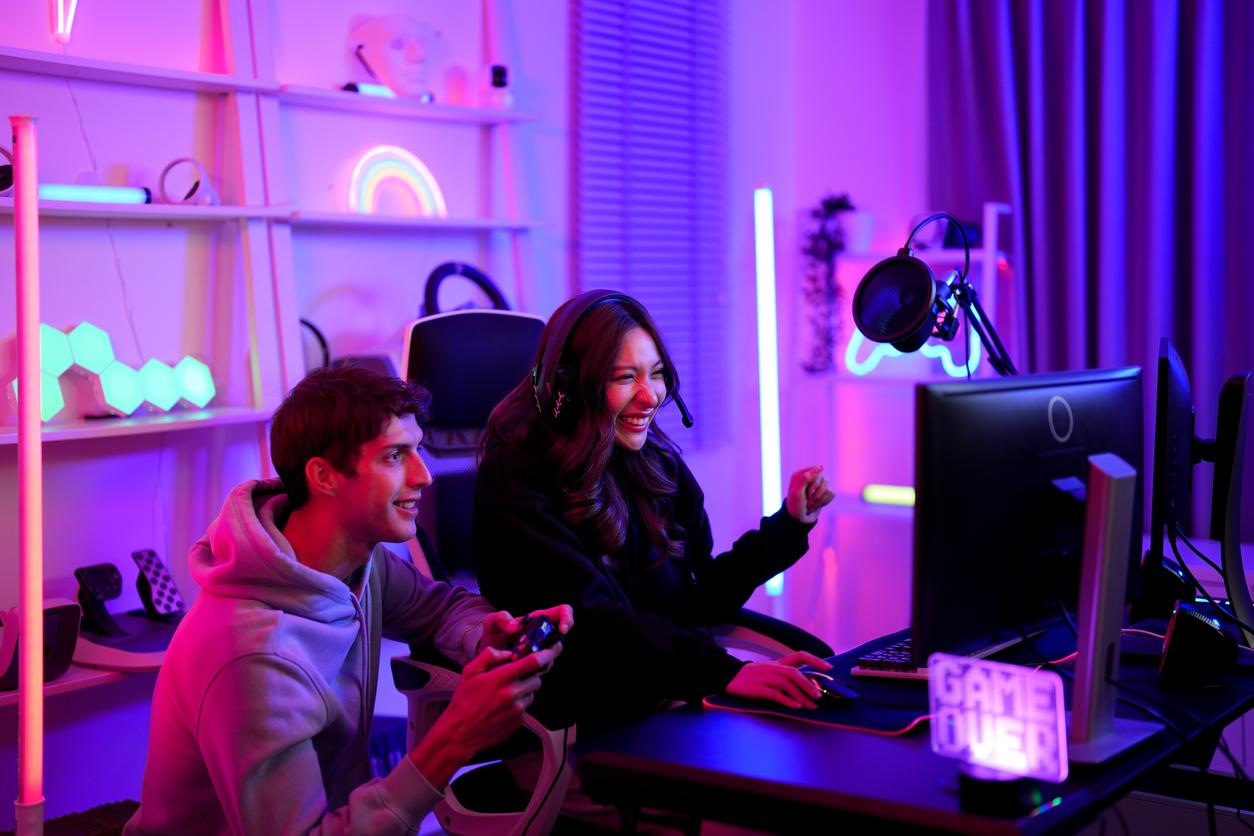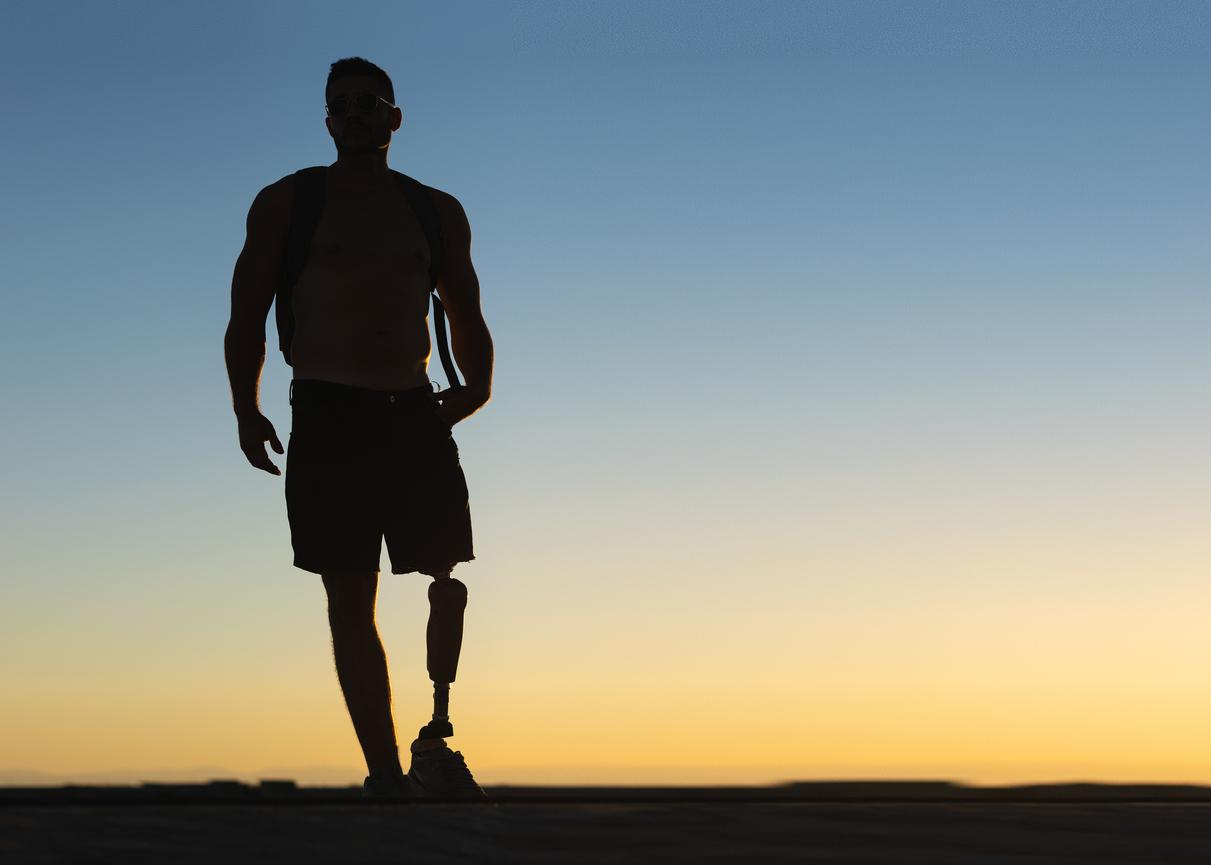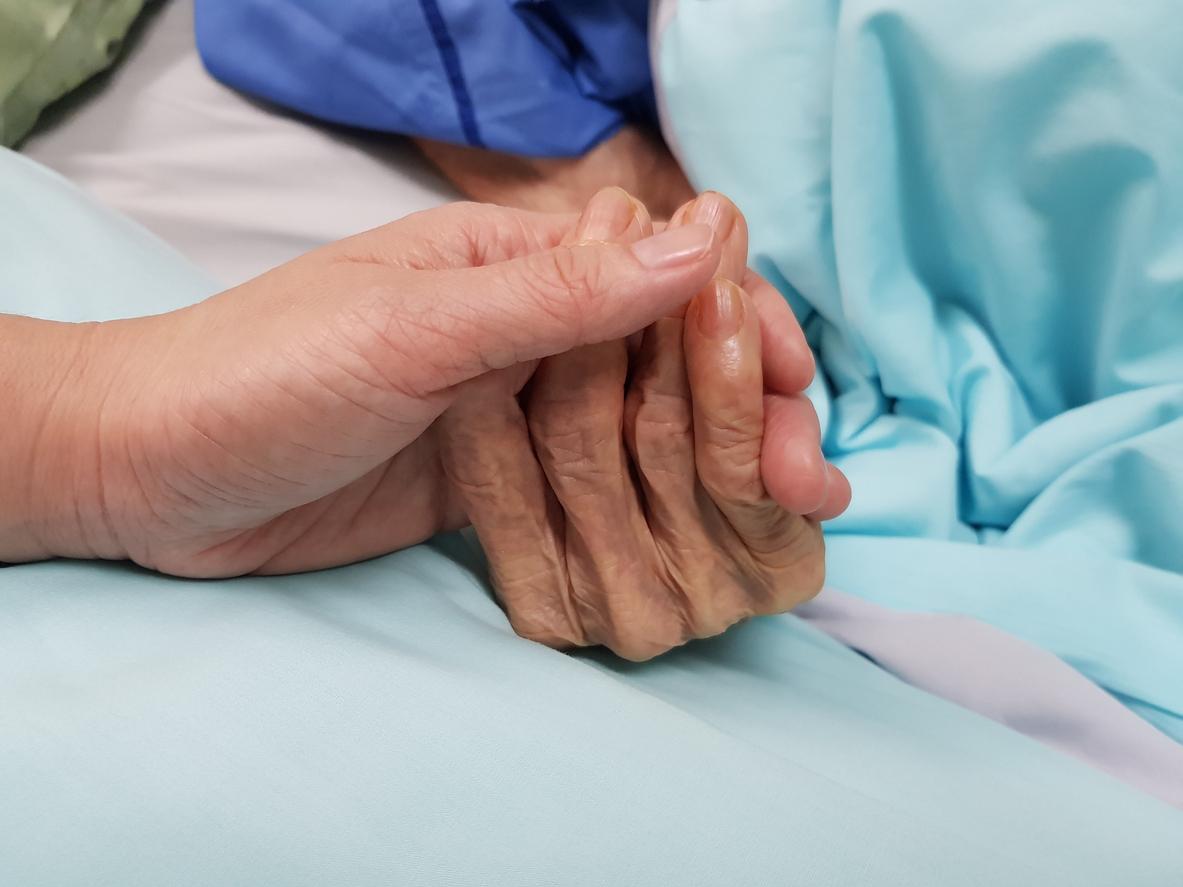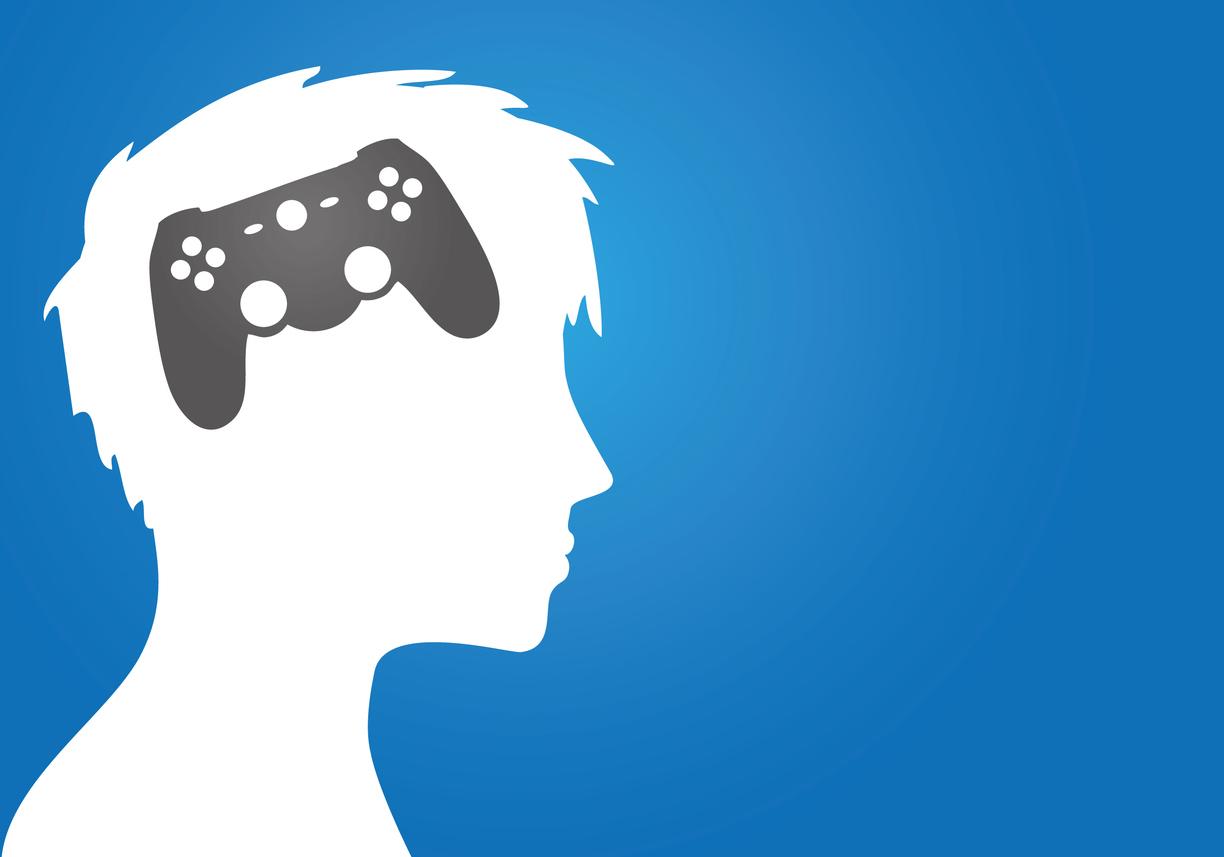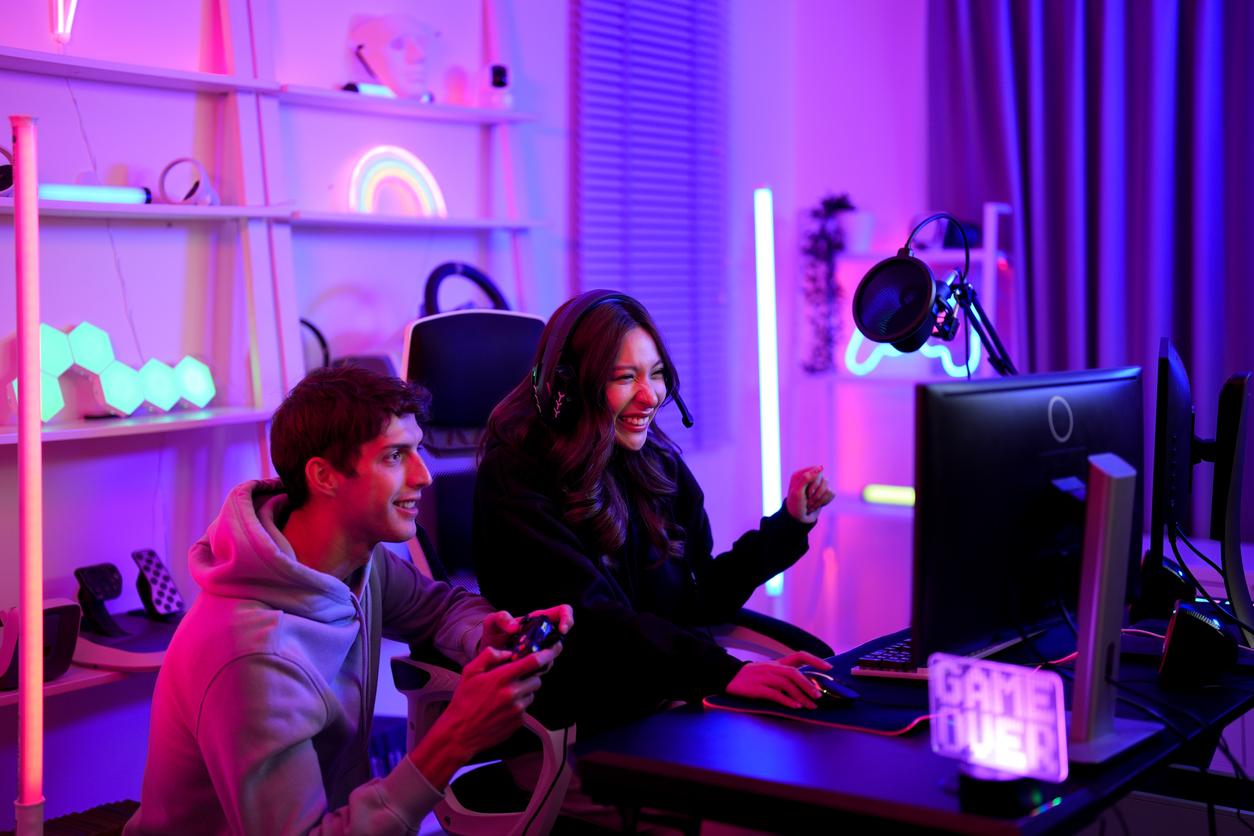Viewing and moving an amputated limb on the screen using virtual reality would make phantom pain disappear for several months.
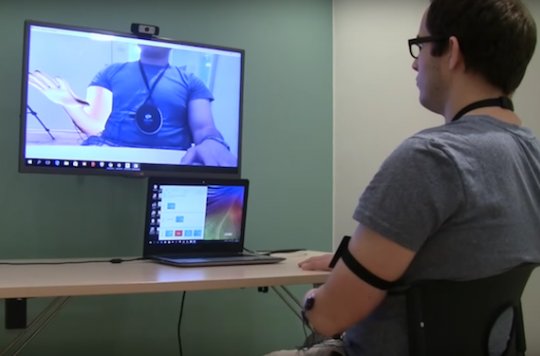
Virtual reality and video games could ease phantom pain in amputees, suggests study published in the scientific journal The Lancet.
Feeling of burns, cramps or muscle contractures … Phantom pains, also called algohallucinosis, affect nearly three-quarters of amputated patients after the operation. In a third of them, this pain can become chronic and resistant to painkillers. These sensations come from a brain dysfunction. Even years after the operation, the brain does not understand why it is no longer receiving a nerve signal from the absent limb. The associated brain region is therefore still active, which would cause pain.
Therefore fooling the brain to make it believe that the absent member is still there would alleviate these pains, assumed in the 1990s an American neurologist. The latter then imagined mirror therapy. The amputee patient looks at his still intact limb in a mirror and moves it. The brain then believes that it is the amputated limb and voila. The only flaw in this therapy is that people with two-arm or two-leg amputees cannot benefit from it.
Mirror therapy 2.0
Swedish researchers at Chalmers University of Technology then developed a therapy based on virtual reality and video games that easily overcomes this obstacle. To assess its effectiveness, the scientists studied 14 people with arm amputations for 2 to 36 years, and suffering from phantom pain since the operation.
The participants were seated in front of a computer screen, a television and a camera. Captures fixed at their stump made it possible to record the muscular activity of the absent arm. The electrical signals were then decoded by the computer which projected the amputated limb onto the screen.
A total of 12 sessions divided into 3 different exercises were carried out. In the first, the volunteers only had to move their virtual arm on the screen. They were then asked to drive a racing car with their arm absent and finally to reproduce the gestures presented on the screen by a virtual arm. (see the video below)
Less painkillers
At the end of these sessions, the volunteers reported that the intensity of the pain as well as its frequency had halved. The frequency of unpleasant sensations at night or during daytime activity has also decreased. Better still, the benefits of virtual reality therapy have become anchored in time. Six months later, half of the participants had halved their consumption of analgesics.
“The results of our study suggest that it would be helpful to ‘wiggle’ the phantom limb. Our treatment offers a promising avenue for doing so, and provides non-invasive and non-pharmacological therapy to reduce chronic pain, without side effects ”, rejoices Prof. Max Ortiz Catalan, the head of the work.
Researchers are now hoping to conduct a larger, placebo-controlled study to confirm the benefits of virtual reality in treating phantom limb pain.
.









